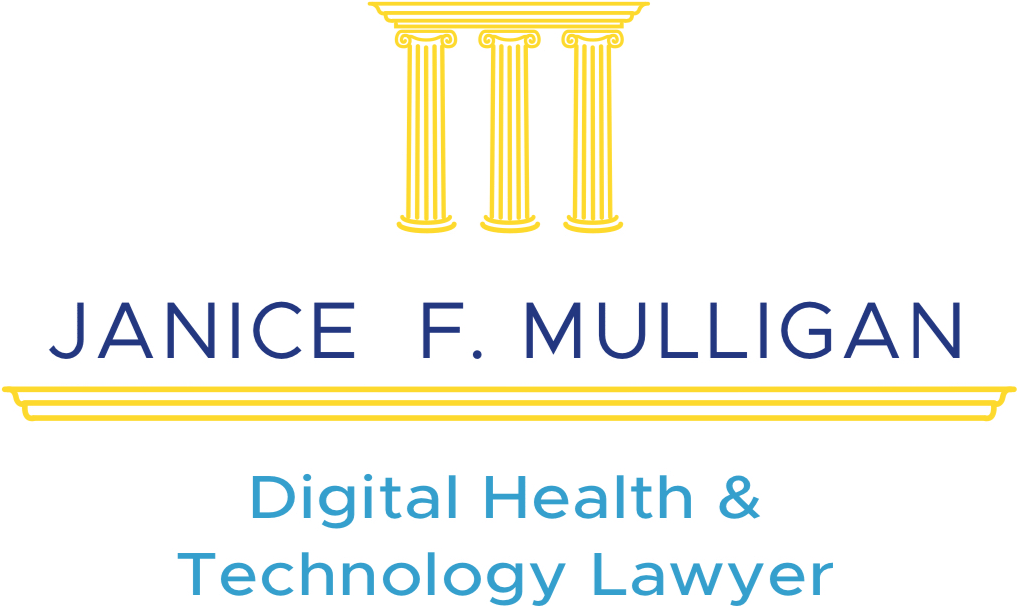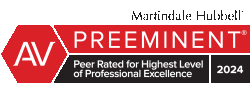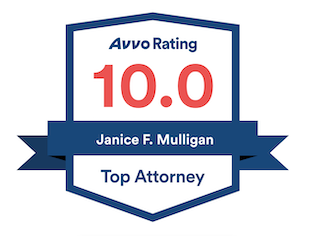CUTTING EDGE MEDICINE AT ITS FINEST – THE 2012 UCSD PATIENT SAFETY CONFERENCE
“Never Do Harm” means doing nothing. Strict adherence to this tenet of the Hippocratic Oath, taken by healthcare professionals upon their admission to practice, would hamper progress and stifle innovation that could save lives and ease the suffering of countless persons in need. Medical tools and theory must be allowed to evolve. But how can emerging, cutting-edge technology be safely introduced into practice? This issue was the subject of the 2012 Patient Safety Conference held Thursday, February 16, 2012 at the University of California, San Diego School of Medicine.
Maximizing Benefits and Minimizing Risks
The title and focus of the conference was “Introducing New Technologies to Patient Care: The Promise and the Peril.” Speaker Thomas Krummel, MD, of Stanford University, set the tone for the event by emphasizing that the modern, responsible approach to “Never Do Harm” is maximizing benefits while minimizing risks to the patient. To this end, the seminar was flush with revolutionary medical technologies and methods, carrying the promise of maximal patient benefits… and the peril of catastrophic harms, if utilized incorrectly.
Robotic Surgery Continues to Progress
Frederic Moll, MD, co-founder of seminal robotic device innovator Intuitive Surgical, Inc. and now Hansen Medical, Inc. explained the accuracy and efficiency of new robotic surgery techniques. A technique that continues to gain ground is the use of 3D preoperative imaging to allow surgical robots to “learn” the patient’s body before a procedure. This allows the surgeon, who formerly had the benefit of physically touching the tissue he was working with, to sit at a remote video station and control a precise robotic surgical tool, without completely losing his sense of touch, or “haptic feedback” from the patient.
The Promises and Perils of Telemedicine
Attorney Janice Mulligan of Mulligan & Banham discussed the promises and perils of “telemedicine” with Lawrence Friedman, MD and Brett Meyer, MD of UCSD. Telemedicine, or “therapy at a distance,” allows a physician or specialist in one area of the world to examine, or even perform procedures (via robot control) upon a patient in another.
The benefits of telemedicine are stunning – the best physicians become instantly available to the patients most in need, wherever they may be. But proper physician adaptation to this new paradigm of care is essential. Legal concerns are also paramount. Mulligan cautioned that under existing law, a doctor from one state operating on a patient in another state without proper licensing can lead to criminal charges as well as unlimited civil liability and medical licensure censure. Change in states laws to facilitate telemedicine law across state and federal borders is necessary,but it is hampered by laws designed to preserve business for doctors in the states where patients are located.
Evolving EMR Standards
Joshua Lee, MD, of UCSD lectured about the rise in prevalence of Electronic Medical Records (EMR) and the need for vigilance in EMR standards to safely and ethically realize the possibilities of this exponentially expanding data cache. Todd Pawlicki, PhD, also of UCSD, expressed pointed criticisms of the current state of electronic data platforms in medicine, urging hospitals to demand the same information-rich but user-friendly standard from their vendors that consumers demand of tech giant Apple, Inc.
Veteran Physicians: The New Novices
The common theme throughout the presentations on Thursday was that emerging technology and treatment techniques, with all of their hopes of “maximizing benefits” for patients, threaten to run afoul of the essential second half of the modern “Never Do Harm” tenet: “minimizing patient risks.” As cautioned by Dr. Moll, when you change the tools, you change the risk profile of a procedure. A poignant example was the personal experience of Santiago Horgan, MD (UCSD) with the treatment of achalasia. Dr. Horgan has had to learn and re-learn how to perform surgical treatment for this disorder four times, in four different ways, over just two decades, due to evolving methodological standards.
The disconnect between the way physicians were taught to practice in medical school, and the procedures that are now demanded of them, is more pronounced now than ever before. Experienced, “hands-on” surgeons are being told they should sit at a computer and control their scalpels with joysticks. Patients, the consumers of medicine, demand progressive laparoscopic and robotic techniques from their doctors, which are marketed to them as safer, cheaper, and with less cosmetic consequence. But this change of tools has the practical effect of transforming veteran surgeons into novice students. No matter how promising a new technology may be, in the hands of the inexperienced, it can be treacherous.
Lack of Opportunities to Train
Experience is everything. The seminar’s consensus of the solution to realizing the maximal patient benefits promised by new technology, while minimizing the peril for patients, is a simple one: PRACTICE. And this practice is simply not available, nor ethically appropriate, “in the field” – i.e., by operating on patients.
Christopher Kane, MD, of UCSD, explained that in the case of robotic radical prostatectomies, for example, data shows that a surgeon does not reach proficiency until around his 300th procedure. But the average urologist performs only about twelve of these procedures a year, and is “certified” after his second proctored procedure. Given that lack of exposure, how can a surgeon become competent, much less proficient, even over an entire career? And what is the use of emerging technology, if through lack of experience it causes more harm than existing techniques?
Prescription: Precise Simulation
Thankfully, the conference presented more than a diagnosis of the problem; but also a prescription for it. UCSD, already the largest and most well-equipped teaching hospital in the region, has been busy building the solution. The new, state of the art Simulation Training Center at the UCSD School of Medicine contains multiple mock-up patient rooms, operating rooms and training mannequins, and precisely the same equipment that trainees will use in the “real world” – from the latest multi-million dollar surgical robots down to fully functioning autoclaves (for sterilization of tools used on… dummies! That’s thorough.)
Dr. Horgan, a world class physician and pioneer in laparoscopic procedures, robotic surgery, and emerging NOTES techniques (“scarless” surgery through natural orifices), has taken on an integral, hands-on role in the development of the Center and the execution of its goals.
The richness and authenticity of this training experience promises to take a novice to near proficiency before he or she need ever attempt the procedure on a living patient. The Center is already in use and in high demand, not just by medical students, but by physicians and health care workers from UCSD and other area hospitals.
Don’t Be Your Doctor’s Dummy
For those of us in Southern California and surrounding areas, we are extremely fortunate that UCSD’s Simulation Training Center exists. Patients take note: this training is available. The better physicians, surgeons and nurses are taking advantage of it. Demand the experience and demonstrated skill that simulated training provides from your health care provider – particularly if you are considering progressive surgical technologies or techniques.
For more information, or if you or a loved one have been injured in California, please contact the experienced lawyers at Mulligan Law. Our telephone number is 619-238-8700.











